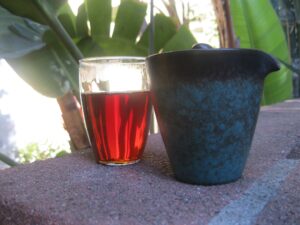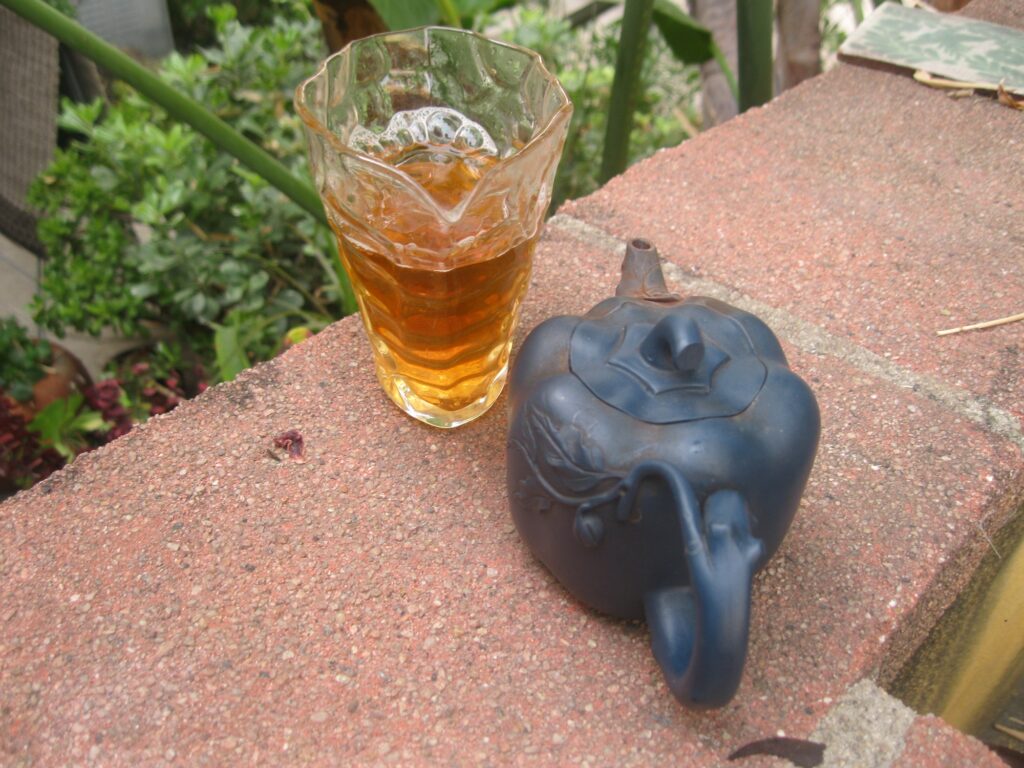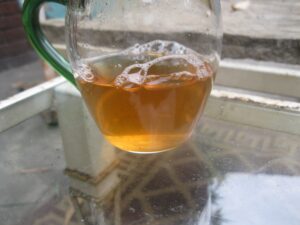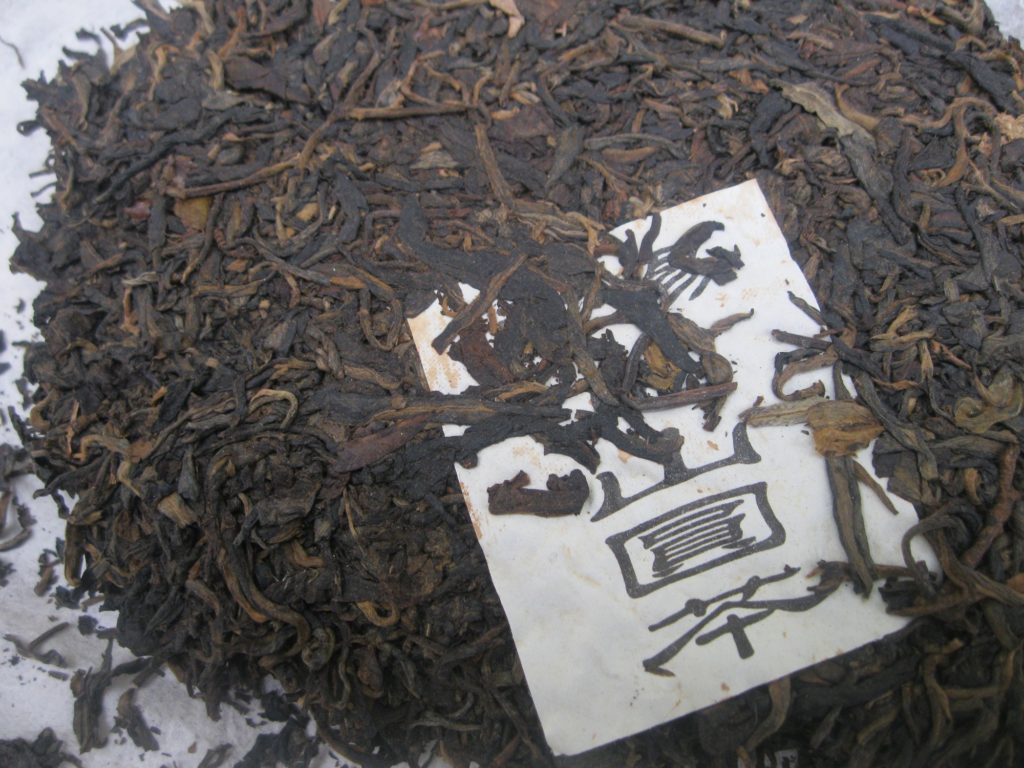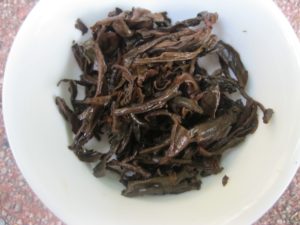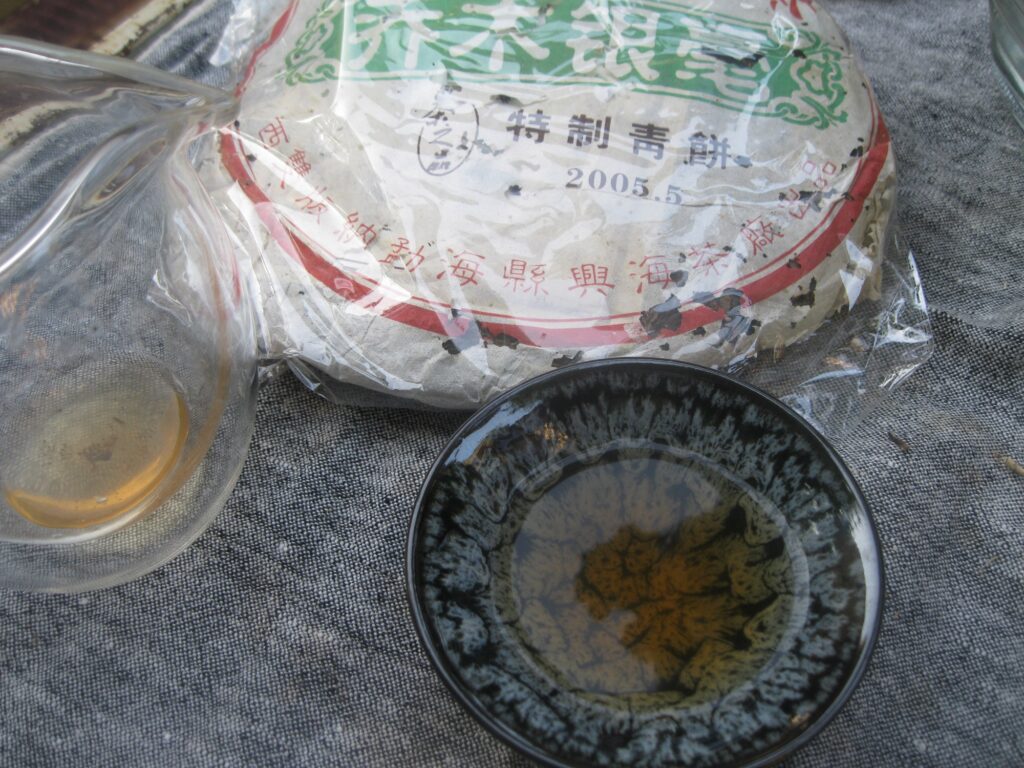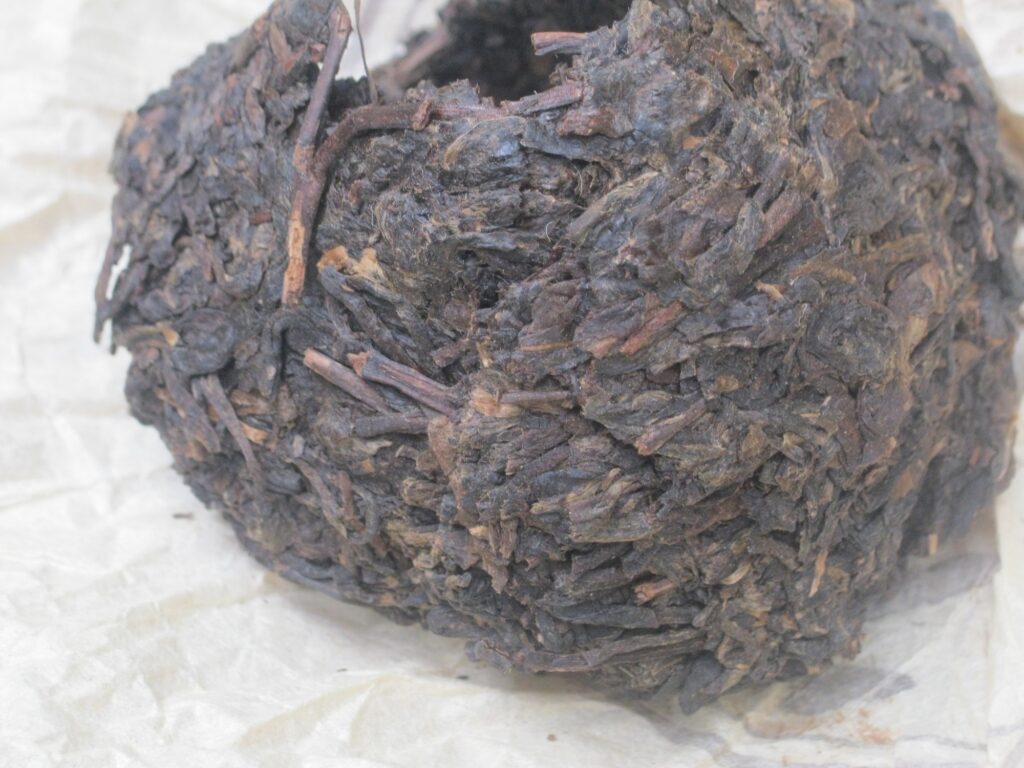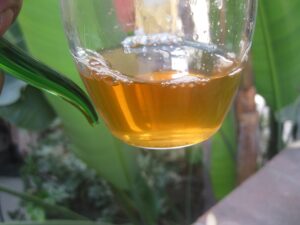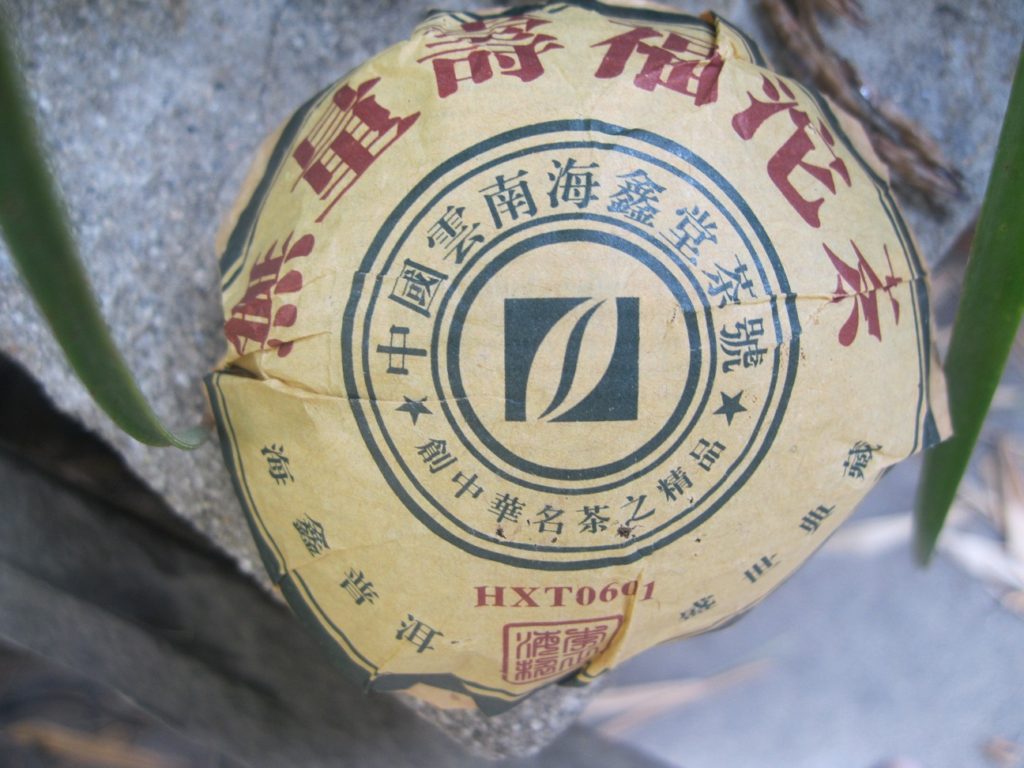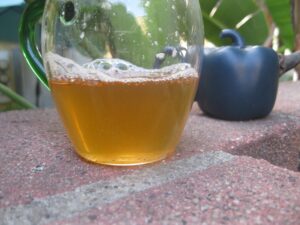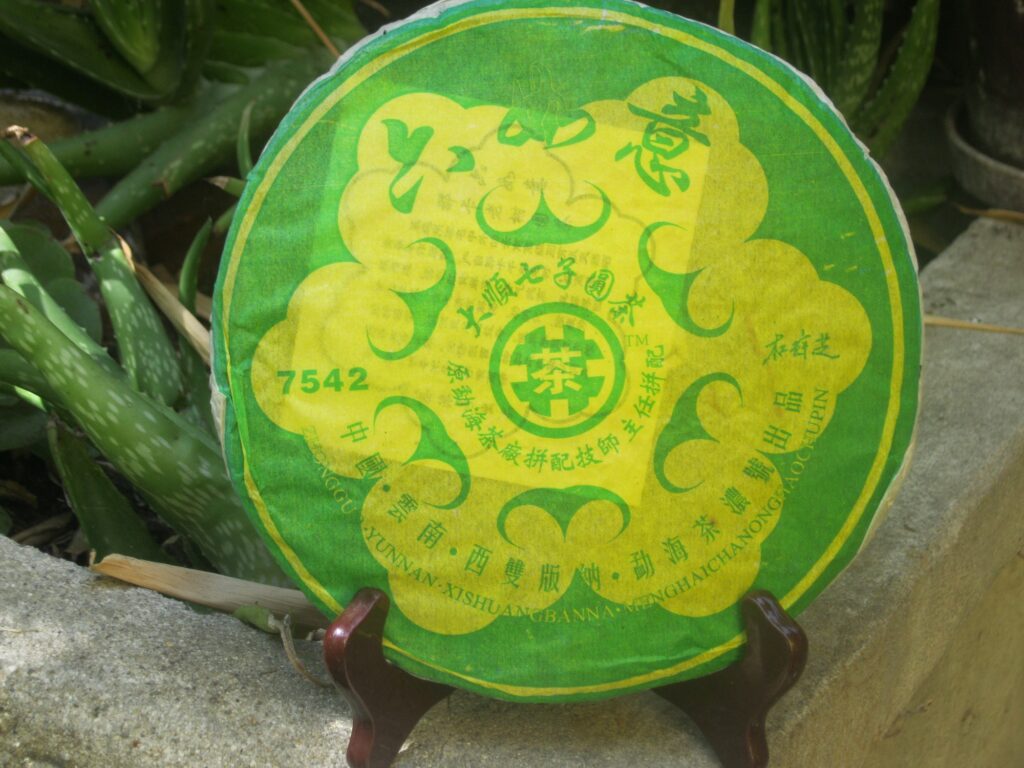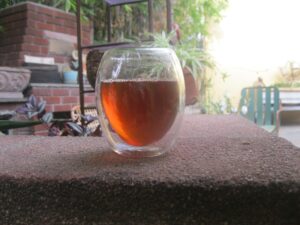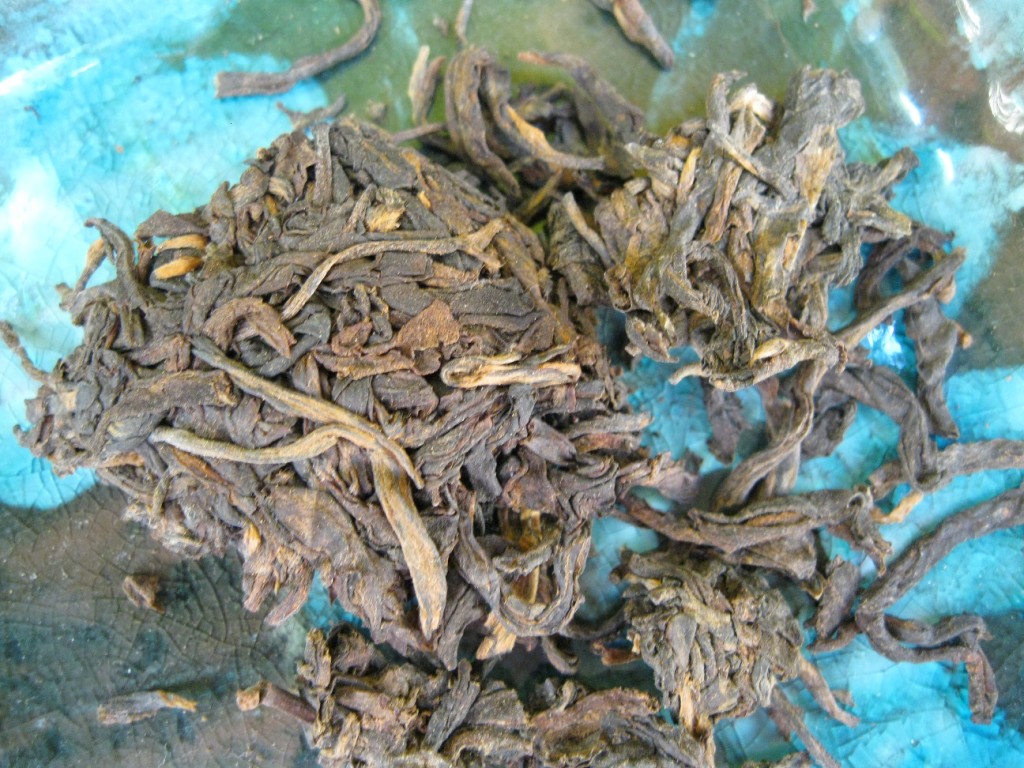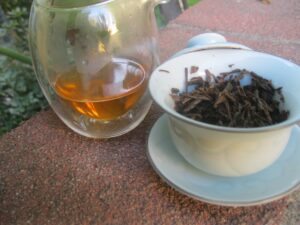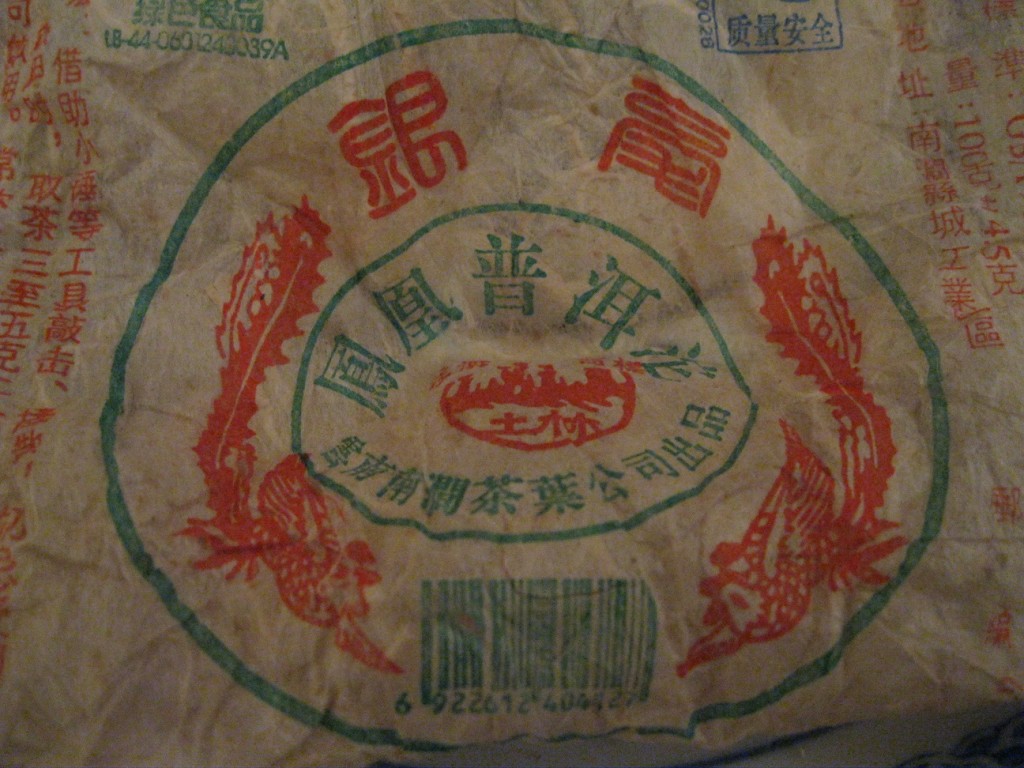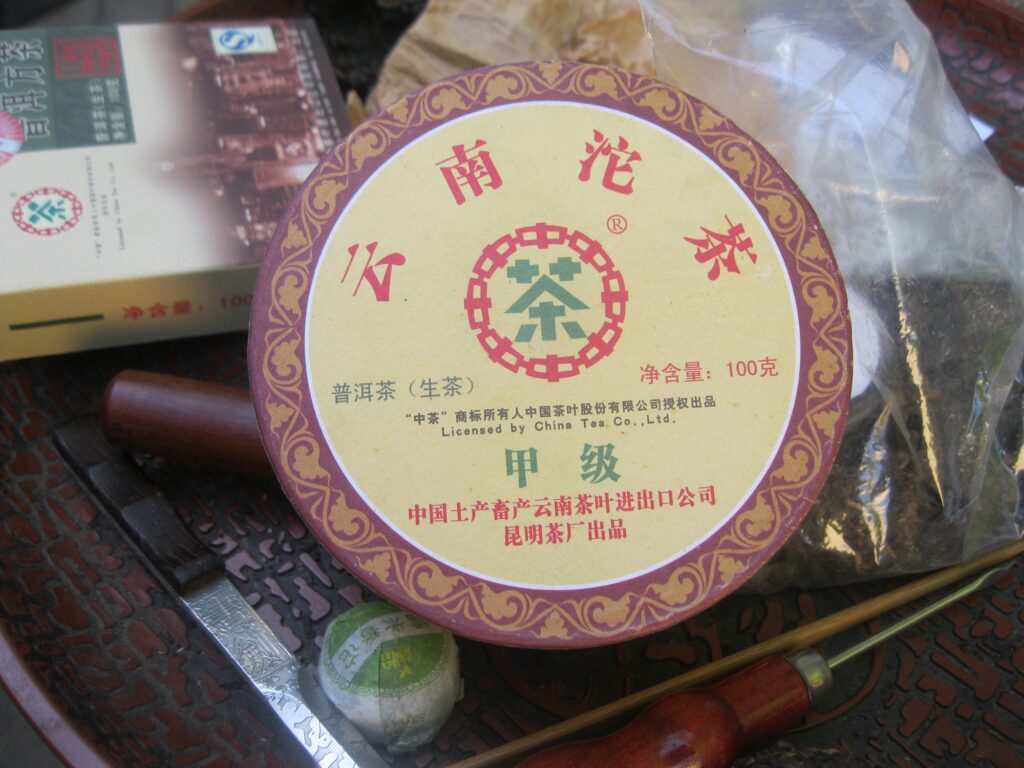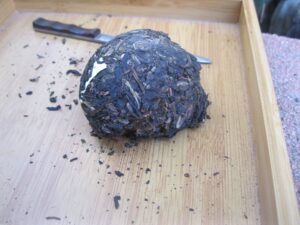Puerh Rating: Peacock Ripe
The Puerh Junky Rating System (PJRS) takes on the Peacock Ripe. This is a 357g ripe cake from the LME TF, produced in ’09. They have other production years for this treasure, ’06, ’08, ’09, and ’11. They’ve been in the game of making puerh since 1984, focusing primarily Bulang, Banzhang, and Lao Man E. The link provides guidance for pronunciation of that letter “E.”
After three rounds the results were as follows:
- Aroma 10
- Clarity 14
- Sweetness 11
- Viscosity 9
- Astringency 11
- Huigan 10
- Qi 7
Reflections
The Peacock Ripe distinguishes itself from the Silver Peacock in being richer and deeper. As the picture shows it clarity is is most outstanding attribute, followed by pleasing sweetness and little astringency.
The qi and viscosity rank lowest, with viscosity being a solid average and the qi expressing itself but not something that’s going to make you crazy, hungry, or frequent trips to the WC.
Conclusions
The Peacock Ripe’s profile is vanilla with some geosmin. No fruit and despite wikki’s definition, no mustiness. The Puerh Junky finds LME ripe productions to be outstanding in respect to possessing positively ZERO detested vegetal notes. The effects of age are evident in its richness and depth. One drinker who comes to ripe puerh from a wine background noted sustained character even when drunk from a thermos at work. Subjected to the GSM its score would undoubted be higher. The camphor would pop more. Puerh Rating: Peacock Ripe
72/105, B

